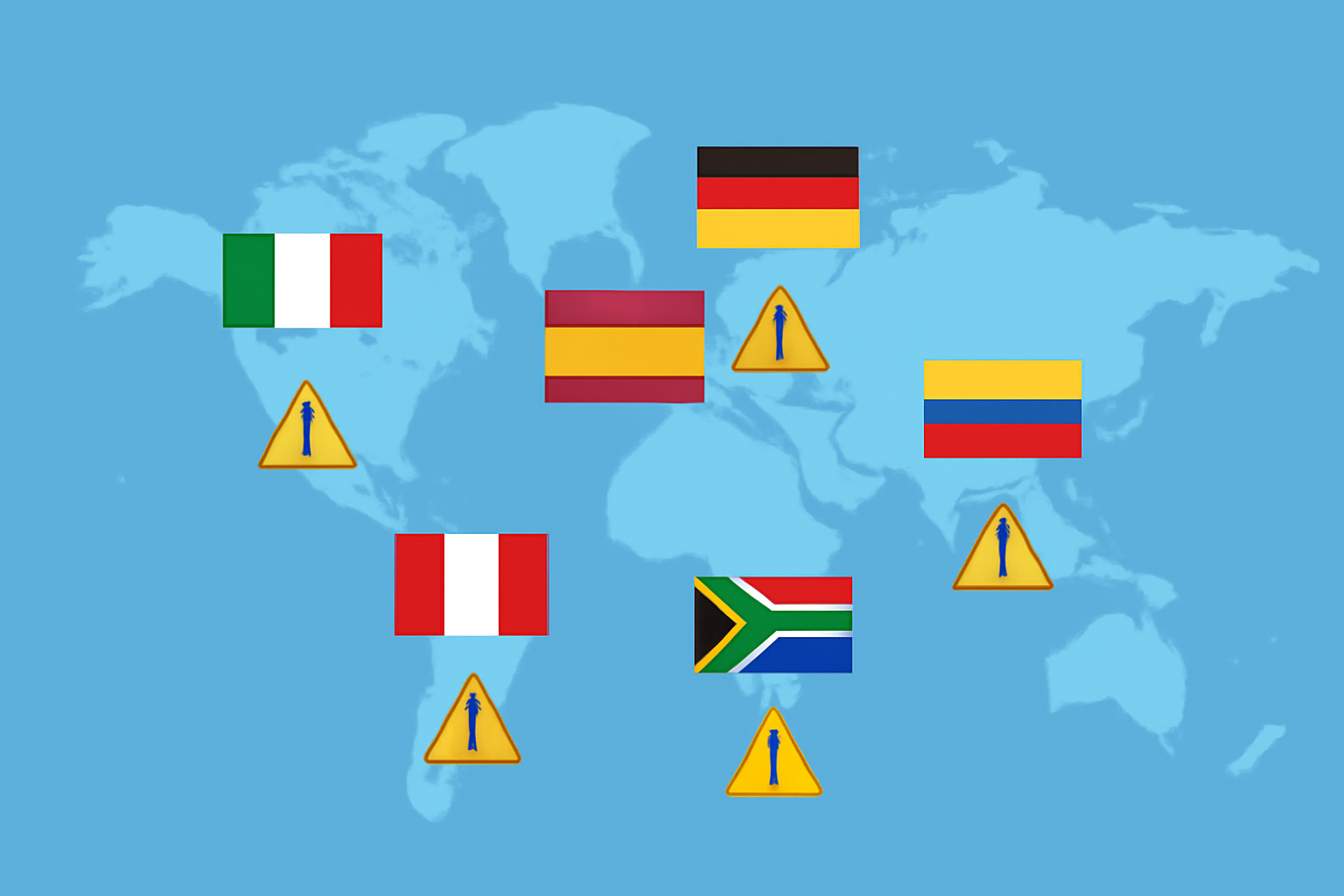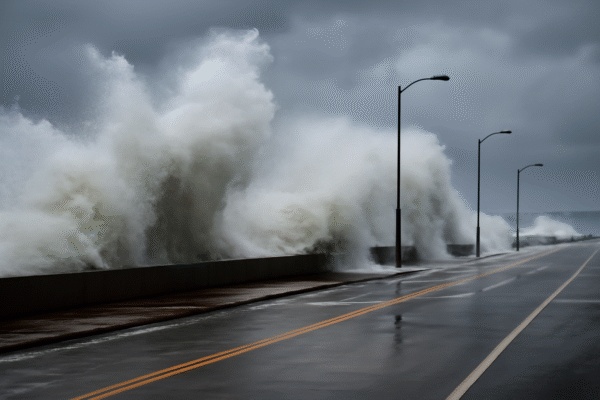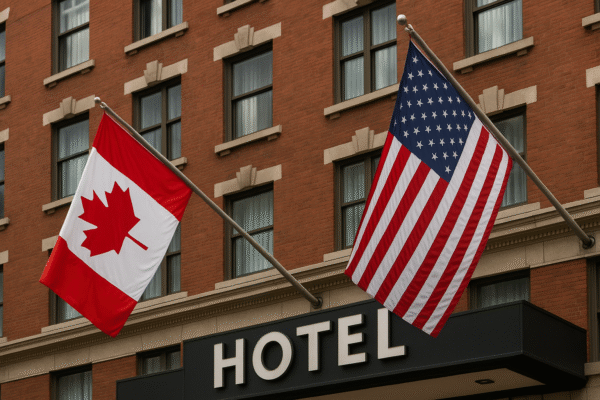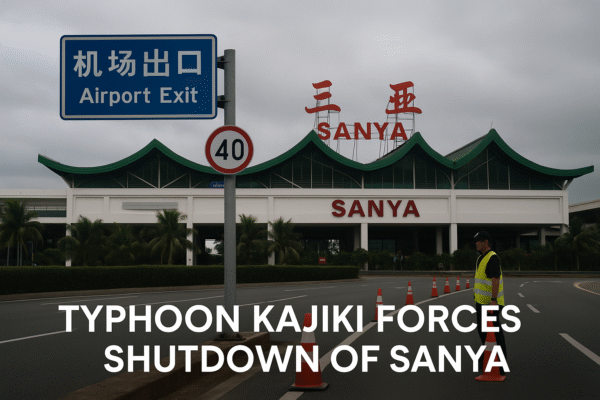A relentless storm system sweeping across vast swaths of the U.S. triggered massive disruption across the nation’s aviation network on Thursday, grounding over 2,000 flights and causing delays that impacted tens of thousands of passengers. The chaos unfolded at major airport hubs including Dallas-Fort Worth (DFW), Chicago O’Hare (ORD), LaGuardia (LGA), Newark Liberty (EWR), Boston Logan (BOS), and Washington Dulles (IAD), as airlines struggled to maintain operations amid lightning, downpours, and air traffic control constraints.
Airlines including American, United, JetBlue, Delta, Southwest, and Air Canada were forced to cancel or delay hundreds of flights, as the weather crippled operations during the peak of summer travel. Severe thunderstorms, accompanied by lightning and low visibility, overwhelmed airport systems and flight crews, creating ripple effects across the entire U.S. domestic and international travel network.
Dallas-Fort Worth: Epicenter of the Disruption
At DFW International Airport, home to American Airlines’ largest hub, storm cells forced multiple ground stops, halting operations across dozens of gates. The airport reported 509 delays and 11 cancellations, with American Airlines alone facing 304 delayed flights and eight cancellations.
Supporting carriers like SkyWest and PSA Airlines were similarly impacted, adding to the backlog. Several international carriers including Japan Airlines, Emirates, and Air France reported delay rates of up to 50%. According to the National Weather Service, the storm system hovering over North Texas created conditions too dangerous for ramp operations or takeoffs, grounding aircraft and delaying crew changes.
Chicago O’Hare: Midwest Gridlock Worsens
In the Midwest, Chicago O’Hare International Airport experienced major interruptions as 317 flights were delayed and 10 cancelled. United Airlines, which operates a major hub at ORD, saw 57 delays and eight cancellations, while American Airlines logged 93 delays.
Weather-related congestion resulted in extended taxi times and in-air holding patterns, burning into FAA-mandated crew duty limits. This forced airlines to cancel even more flights late in the day, unable to legally keep crews on duty.
New York’s Airports Crippled by Northeast Storm Surge
On the East Coast, the storm system slammed the New York metro area, grounding hundreds of flights at LaGuardia (LGA) and Newark Liberty International (EWR).
LaGuardia logged 303 delays and 20 cancellations, with Republic Airways bearing the brunt: 90 delayed and 10 cancelled flights. American, Southwest, and JetBlue all struggled to stay on schedule, leaving thousands of passengers stranded.
At Newark, 276 flights were delayed and 10 cancelled, with United Airlines accounting for 118 of the delays. Cross-border routes operated by Porter Airlines, Jazz Aviation, and Air Canada were particularly hard-hit as storm conditions in Canada compounded U.S. delays.
Boston Logan and Washington Dulles Add to Travel Nightmare
Further north, Boston Logan International Airport (BOS) saw 394 delays and 17 cancellations, affecting carriers such as JetBlue, Cape Air, Republic, and Spirit. At one point, nearly 30% of JetBlue’s Logan operations were delayed due to lightning proximity alerts that grounded all runway activity.
Washington Dulles (IAD) also experienced 134 delays and eight cancellations. Major delays were reported by United, British Airways, and low-cost carriers like Breeze Airways and Frontier. Turbulent air and thunderstorm activity forced several go-arounds, further clogging runway use.
FAA Implements Flow Control, Airlines Issue Waivers
To address the mounting chaos, the Federal Aviation Administration (FAA) issued multiple airspace flow programs, particularly along East Coast corridors and the Chicago-Dallas axis. However, the scale of disruption overwhelmed mitigation efforts.
Airlines including American, Delta, and United quickly issued travel waivers, allowing customers to rebook flights at no charge. Still, long queues formed at customer service counters, and many travelers complained of unresponsive apps and helplines.
Ripple Effects Felt Nationwide
Although the storm centered on the central and northeastern U.S., major connecting hubs like Atlanta, Charlotte, and Denver began to feel cascading impacts by mid-afternoon. Missed connections, diverted aircraft, and crew shortages created choke points, forcing even unaffected airports into a holding pattern.
Airport operations teams reported that crews and aircraft were frequently “out of position,” requiring urgent reassignments just to prevent complete system freezes. Some passengers reported five-hour tarmac delays or being rerouted to unintended cities, with few communication updates from carriers.
Passenger Frustration Peaks During Peak Season
As airlines worked to recover, the emotional toll on travelers was clear. Social media was flooded with photos of crowded terminals, jammed departure boards, and passengers sleeping on floors. Families en route to vacation destinations or cruise embarkations reported missed departures and hotel costs with no compensation.
“I paid over $800 for this flight and still ended up stuck in Newark for 12 hours,” one traveler posted on X (formerly Twitter). “No food voucher. No rep at the gate. Just silence.”
More Storms Ahead
According to the National Weather Service, more instability is expected through the weekend, particularly in the Midwest and Mid-Atlantic regions. The FAA warns that any renewed lightning activity or high winds may result in further ground stops and flight reductions.
Passengers scheduled to travel in the coming days are advised to check their airline’s app frequently, sign up for alerts, and consider rescheduling if flexibility allows.
For more travel news like this, keep reading Global Travel Wire
















